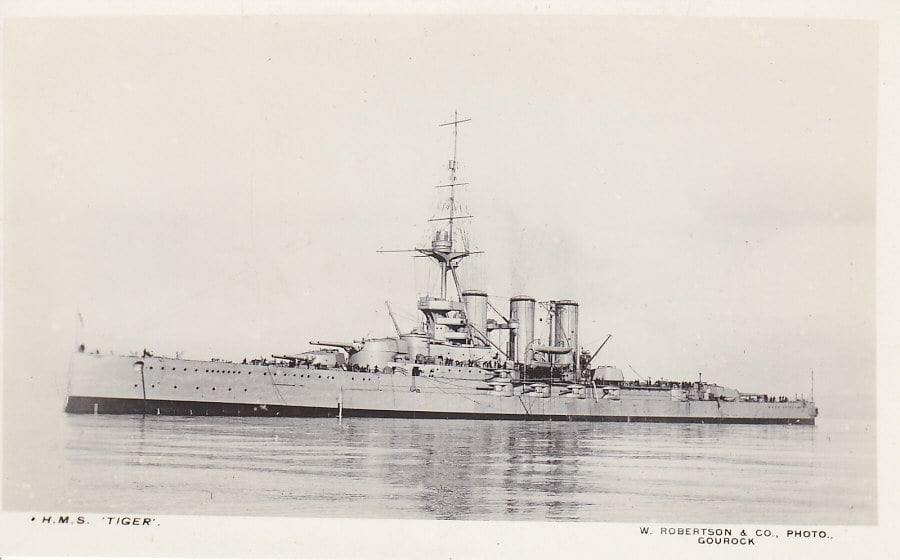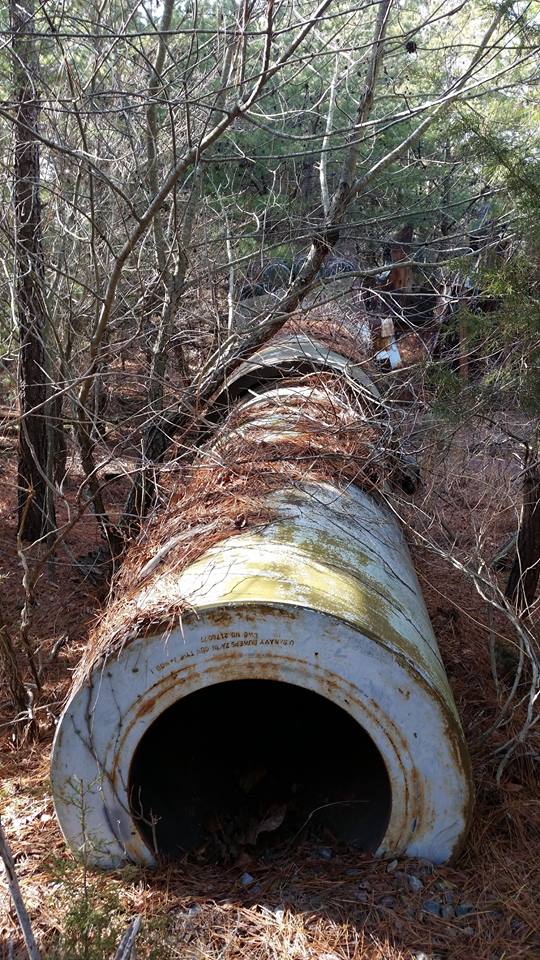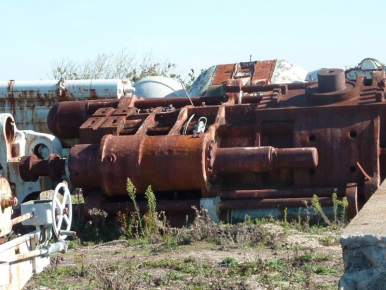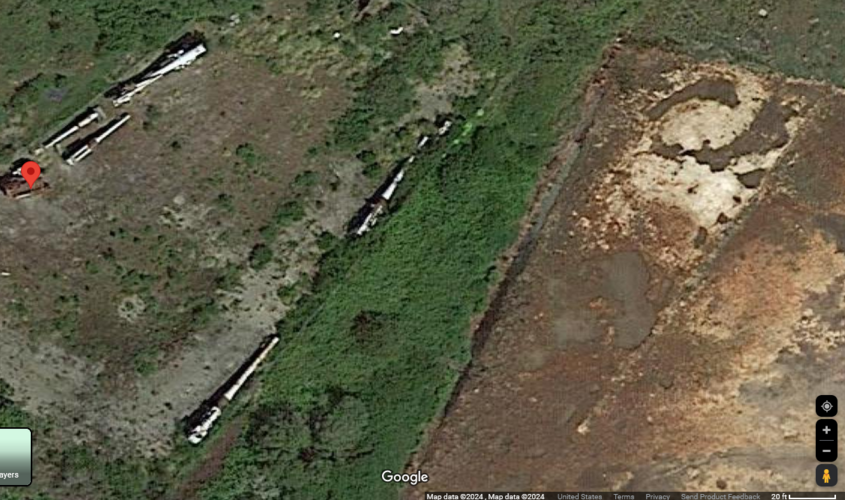Wirbelwind
ACCESS: Restricted
- Joined
- 27 August 2019
- Messages
- 10
- Reaction score
- 10
Friedman mentions a 1934 study for a 66,000 ton "maximum battleship" originally to be armed with 24 inch guns. This was later downgraded to "merely" 20 inch guns.
Do we have any further information on these monster weapons, which I assume only were theoretical?
Do we have any further information on these monster weapons, which I assume only were theoretical?







